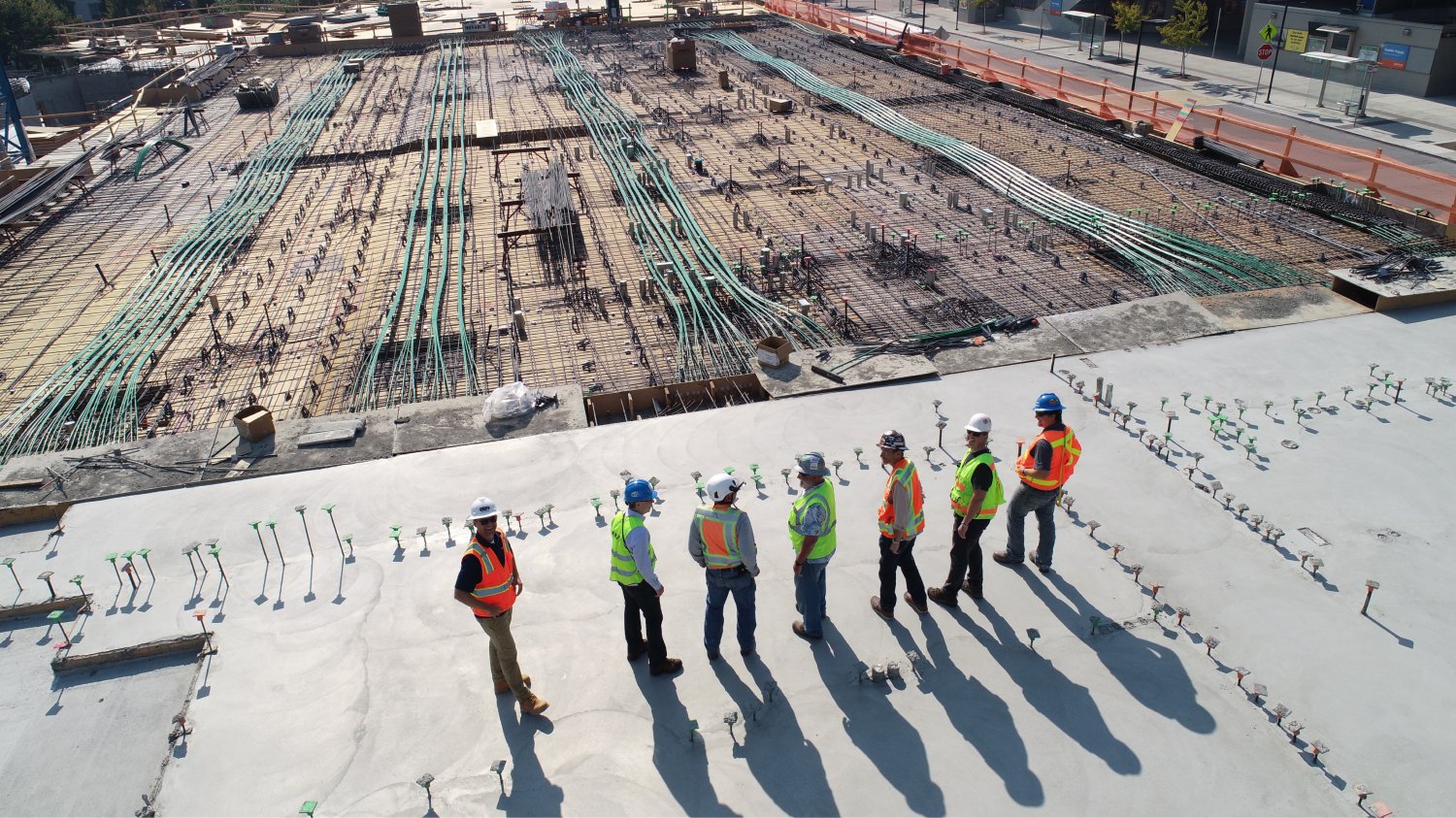There’s no price big enough to put on a life. It may sound a little dramatic to say so, but as a someone involved in safety for over 20 years I’ve seen the devastation that breaches in work-related protection can cause. It means there’s more to be done when a worker goes home injured, or worse, doesn’t go home at all because of an accident at work.
Having invested time and effort in developing technology designed to safeguard workers from vehicle collisions, I understand that innovation only improves when we share intelligence. By that I mean, we listen to the end-users first and foremost. They are the ones who benefit on the front line of work-related risk. In our case, their input informs how the SiteZone system improves.
On an ‘industry community’ level, we must also share what we have learned both from a technological viewpoint, and the implementation perspective. As Site and Safety Managers work together and discover even better ways to apply the safety system on site, then that should be shared throughout the industry where possible.
For example, the UK’s waste industry continues to be one of the most dangerous sectors to work in, with a high level of personnel/vehicle collision risk. It has the second highest rate of work-related injury of any industry. This was considered a situation of such urgency, it inspired the Health and Safety Executive (HSE) to take drastic action and they unveiled a sector plan for improving (health and) safety in the waste sector in September 2017. The HSE also plans to re-run its waste sector safety campaign.
However, within the sector itself, recognising the need has inspired something else; an open culture of sharing safety intelligence among waste companies to raise the safety performance of the industry. I’ve experienced this with waste companies, most of them commercial rivals, who are using SiteZone. However, if they discover a more effective way to implement the proximity warning system on their site, they share that information between themselves, as well as with us. This includes sharing statistics and openly inviting “competitors” to see how they have implemented technology to help improve safety.
Having been party to this and engaged in these commendable exchanges, it really is an example to follow. There’s no furtiveness about sharing their developments, discoveries, new strategies, or technology, because they all know that the implications of omitting to do so could result in the loss of workers’ lives.
Generally, if we are lucky, this kind of information trickles down the communication lines to groups like us, who develop technology. It helps us to make the next generation of tech better, by increasing its flexibility of use and bespoke capability so even more industries can benefit from one, strong core idea. However, if we are proactively included in the joint dialogue, then we can learn so much more, to do better.
SiteZone has already begun to adapt in this way and now its options include being wireless, interactive with clothing, and adaptable to a variety of plant vehicles. This was all possible because our clients shared with us and we took that information to improve our applications. Among our most dangerous industries suffering with high levels of work-related injury and fatalities, we should encourage greater dialogue.
Sharing new practices, technology and ways to use technology is going to raise the bar on safety on a wider scale. I think it would be very beneficial if we didn’t progress in isolation, but through inclusion.

